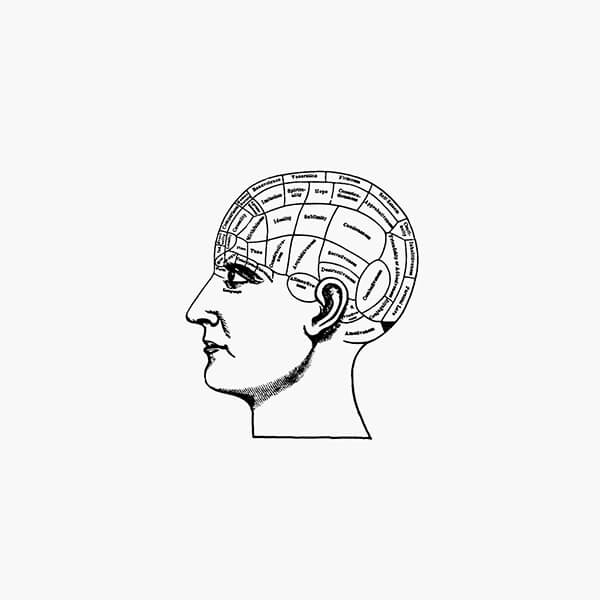



























Library of Babel
10356 Il grande volto di pietra
Nathaniel Hawthorne. Edited and with an introduction by Jorge Luis Borges
1979 I ed. .
Language: Italian
Hawthorne’s whole life was a series of dreams, culminating in an allegorical literary production, well-illustrated by the selection of short stories in this book.
Nathaniel Hawthorne was born in 1804 in the port of Salem, which suffered, even then, from two anomalous characteristics in America: it was very old and it was in decay. In this old, decaying city of an honest biblical name, Hawthorne lived until 1836; he loved it with the sad love that is inspired by those who do not love in return, by failures, illnesses, and foibles; essentially, it could be said that he never moved away from it, and that Salem and Hawthorne’s feelings for it are reflected in many of his novels and short stories, including some of those published in this collection. Wakefield is Hawthorne’s best short story and perhaps one of the best in the history of literature, while The Great Stone Face deals with the theme of doubles. Earth’s Holocaust corresponds admirably with the mystical speculation of the New England Transcendentalists, who were Hawthorne’s friends; the human mind, not the tangible, visible world, is the essential reality. Mr Higginbotham’s Catastrophe forestalls the surprises and artifices of the detective genre, while The Minister’s Black Veil, the last story in the series, is purely and openly an allegory and, despite being so, is not only effective but unforgettable.